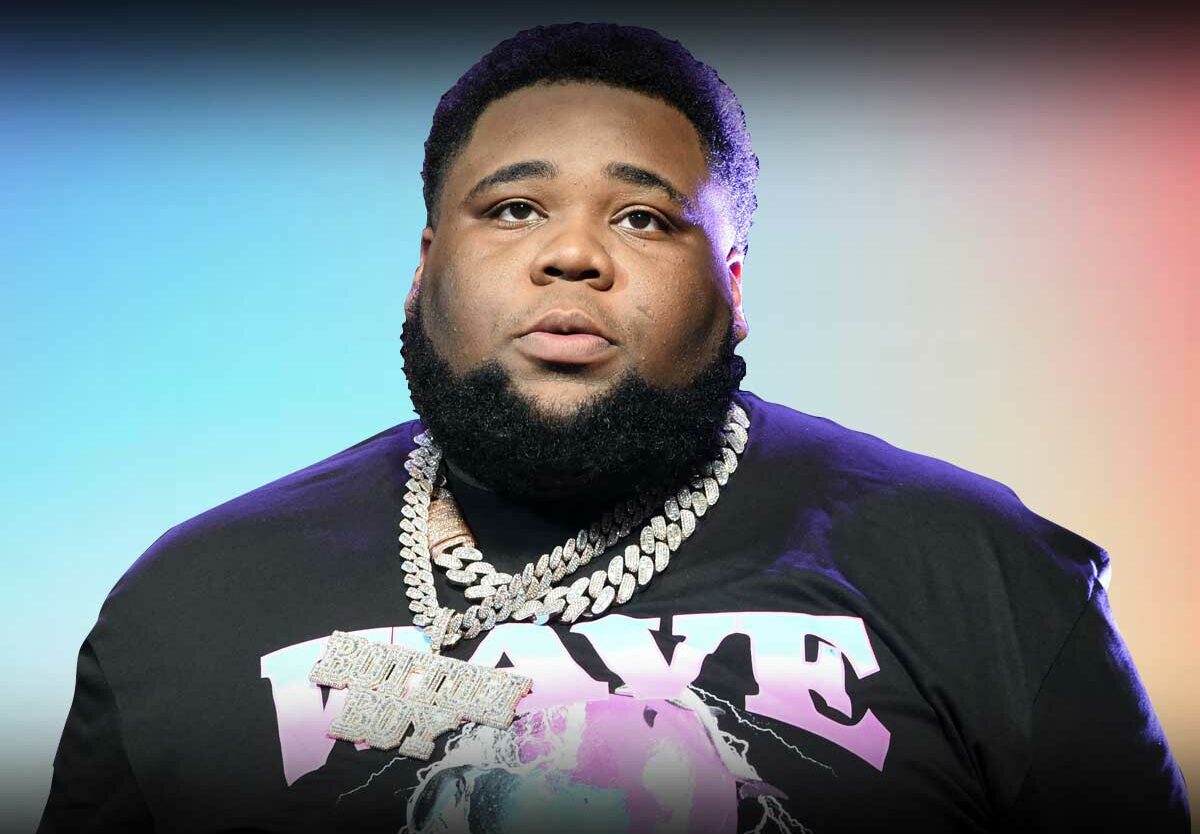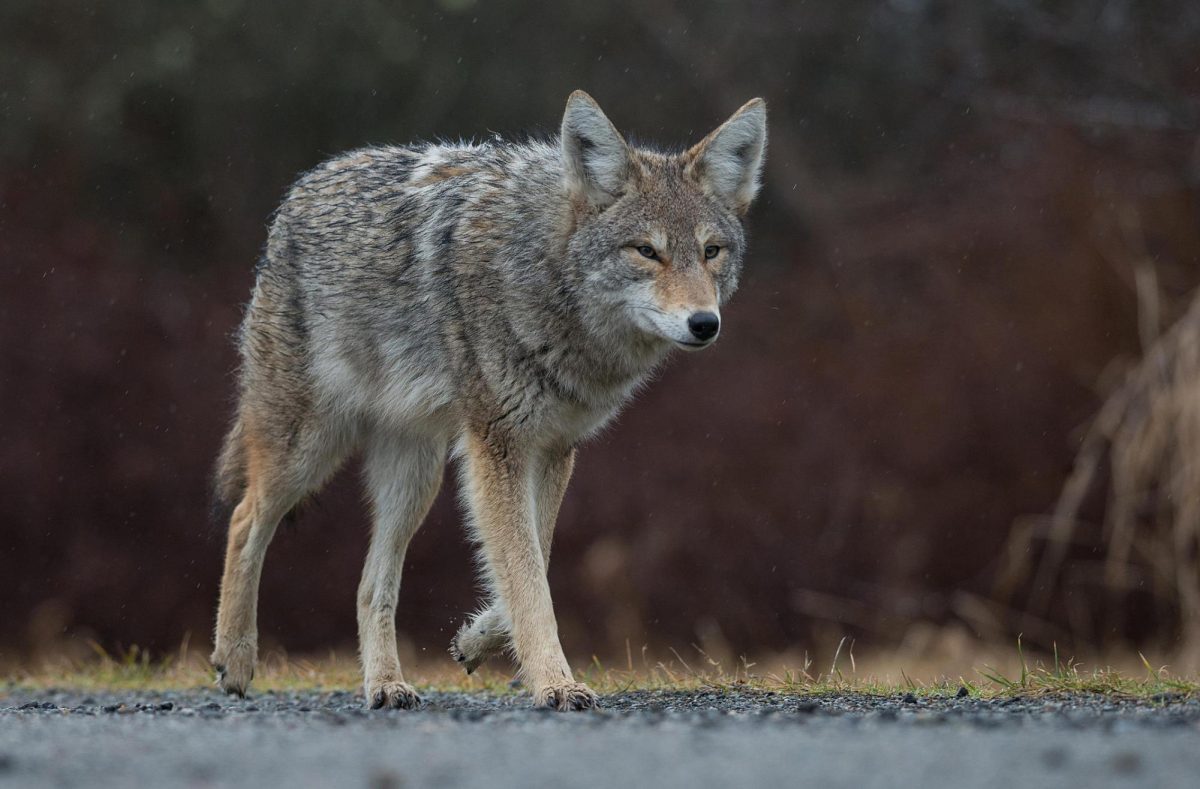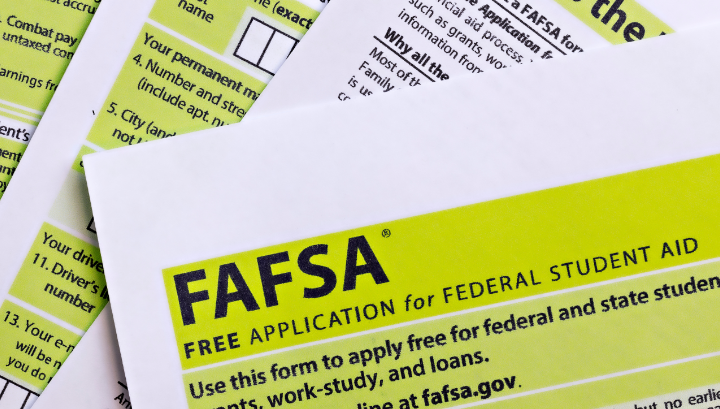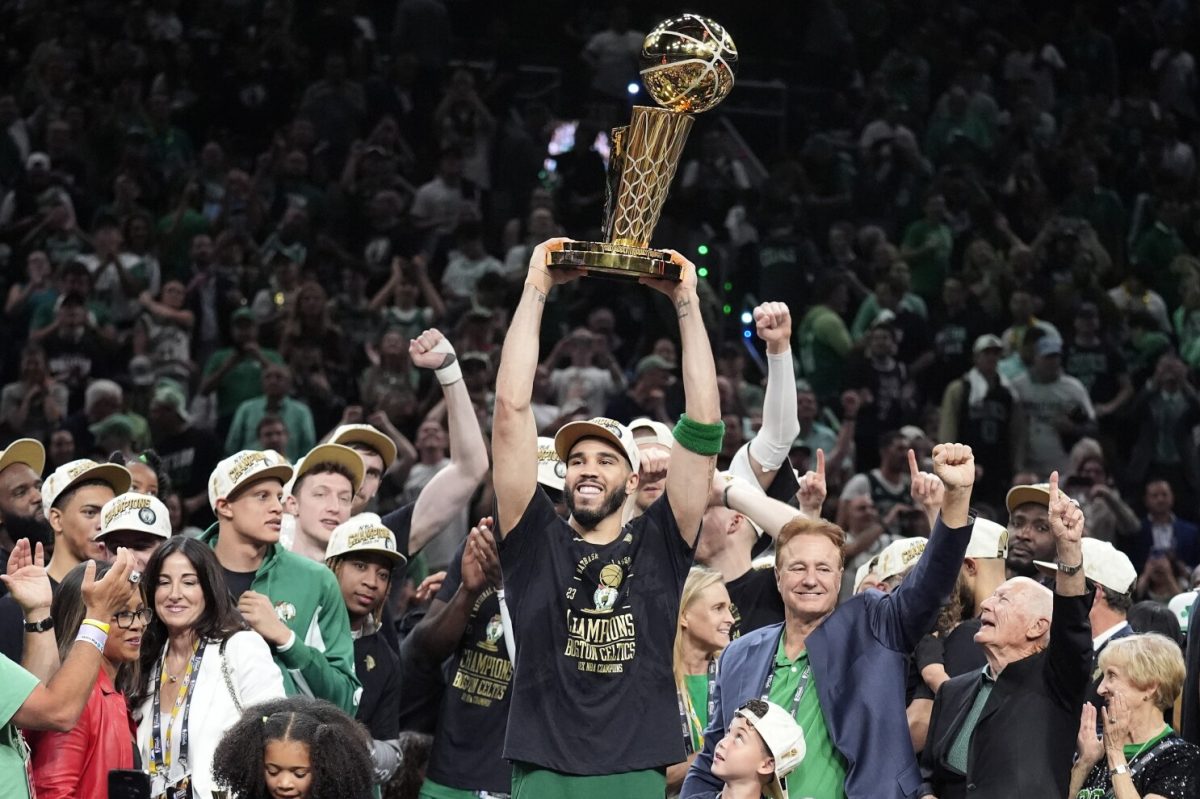Racism and sexism are intertwined in American history and culture. While people are fighting in the streets to end prejudice, one large group is often overlooked: W.O.C.. For those who aren’t familiar with the term, it refers to “Women of Color.” This includes all women who identify as Hispanic or Latina, Black, Asian, American Native and Alaska Native, and Native Hawaiian and other Pacific Islander. Women of color are misrepresented, or underrepresented, in American media, and this must change.
As women of color in America, we are taught at a young age that we can never compare to the average white woman. While many young white girls have dolls that look like them, and characters in the media to look up to, women of color have barely anything that represents them. As we grow older, we even realize that many makeup companies have a variety of shades for lighter skin tones, while there are only five options for the darker skin colors.
We have it hardest when it comes to representation. East and South-east Asian women are heavily hypersexualized by men, especially here in the U.S. This is a result of their portrayal in American media, as weak and submissive women. This is simply not true; however, people see American movies and TV shows and think that’s how all East and South-east Asian women act.
Asian women aren’t the only ones facing negative stereotypes due to the lack of proper representation. Latina women are objectified and labeled as “spicy” or “exotic.” Black women are often portrayed as angry and fiesty. Native women’s best representation is Disney’s 1995 Pocahantas, an inaccurate telling of a young Native American girl being groomed by white men who were both a decade older than her, except in Disney’s version, Pocahontas is a submissive women who just happens to fall in love with men involved with the colonization of her home.
For the rest of us W.O.C., we either fall into the same stereotypes as other races, or we hardly get any representation at all. As South Asian women, we’re either undesirable and manly or exotic and delicate, though I don’t hear these often since we don’t get any representation at all.
When women of color are represented in media, it is always the same actresses, or an actress portraying a woman of color. An example of this is the 2017 movie Ghost in the Shell where Scarlett Johannson, a white actress, plays a Japanese-American woman which is completely inappropriate. Another example is the 2007 movie A Mighty Heart where Angelina Jolie, a white woman, was cast as an Afro-Cuban woman. For the role, Jolie appeared to have darkened her skin and permed her hair.
The only way to fix these problems is by making the industry more diverse. According to the 2020 UCLA’s Hollywood Diversity Report, 69.1% of the movie industry is white. The other 30.9% is distributed among people of color. To even out these percentages, we need to create more opportunities for people of color. This means hiring more actors and actresses of color, producing more movies and shows with storylines that defy stereotypes, and allowing more people of color to write, direct, and work on the creation of these films.
It is time we come together and change the narrative for women or color. Women of color need a chance to show the world they are not what American media has traditionally portrayed them as. We also must do this for the women of color in the future, who deserve strong females who look like them in the media.
Sources Used:
https://irle.ucla.edu/wp-content/uploads/2020/02/UCLA-Hollywood-Diversity-Report-2020-Film-2-6-2020.pdf












